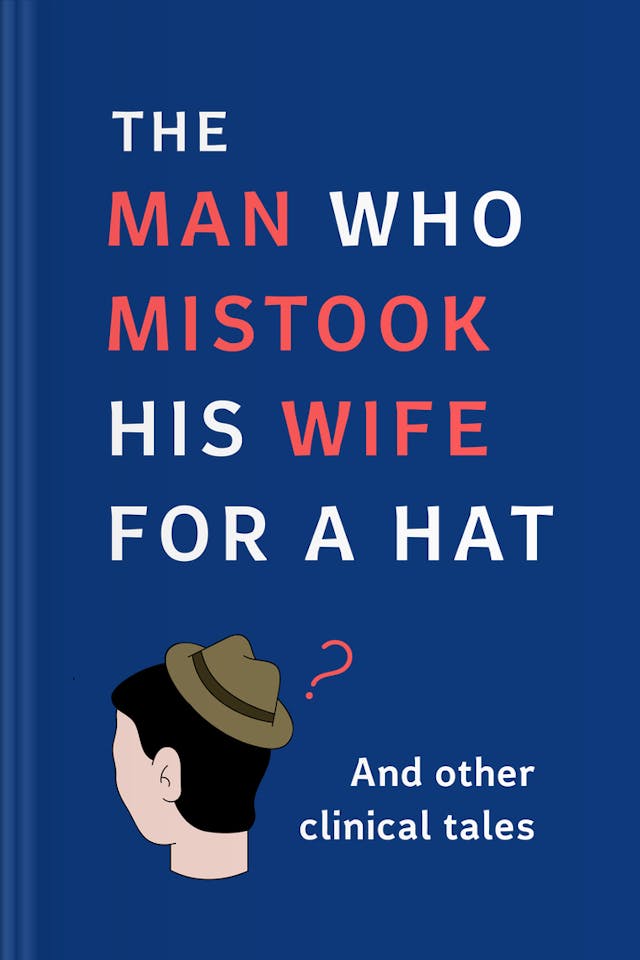You’ll learn
- What sensory impairments can unexpectedly lead to
- How the mind is a complex maze
- Why losing proprioception affects your body's internal navigation
- The profound impact of empathy on those feeling isolated
russia has launched a full-scale war in Ukraine. Donate to support Ukraine and protect the world’s peace.

first KEY POINT
Agnosia is the inability to recognize sensory input due to damage to the temporal lobe of the brain. It is a rare condition that can result from lesions on the brain or physical injury to the parts of the brain responsible for perception, memory, and identification.
A person struggling with agnosia is often unable to process external stimuli correctly. They’d be forced to adjust to alternative means of recollection, or their brain would create a shortcut. The condition, although rare, has as many types as there are senses:
• Hearing (auditory) agnosia — the inability to identify objects through sound, such as a buzzing doorbell
• Taste (gustatory) agnosia — the inability to identify objects through taste, such as sweet or salty
• Smell (olfactory) agnosia — the inability to identify scents correctly
• Sight (visual) agnosia — the lack of perception or inability to identify objects through sightConsider a man with a curious form of agnosia who could not properly perceive objects and images with his eyes. Instead, he could only identify a person or object by a notable feature, a recognizable sound, or if he could feel it in his hands. He had visual agnosia from the look of things, and his brain had found a way around the disability to arm him with alternatives with which he could observe his environment. But the problem was he couldn’t perceive something if he couldn’t hear, smell, or touch it; so much so that upon examination at the neurologist’s, he motioned to leave but couldn’t find his hat and grabbed onto his wife’s head instead.Other forms of the condition include prosopagnosia, anosognosia, and somatosensory agnosia. But the most common is visual agnosia, and its sufferers are rid of their sight but still able to see, albeit in part. This summary describes the various forms of this type of mental illness and how to heal from them.
second KEY POINT
Korsakov’s syndrome presents as a delusional phase, often causing the patient to believe they are in a particular time and location. The present time, location, or people are irreconcilable in their memory. This damage to the brain, not unlike agnosia, affects the sufferer’s perception of reality. While someone with agnosia cannot fully appreciate sensory input and loses the full perception of reality, this form of amnesia makes it so that they are bereft of any real view of the world.While the lack of sensory perception is uncommon and a result of tumors, lesions, or alcohol abuse, other peculiar conditions go a step further in robbing a patient of complete control of their environment and perception of it. Aside from the five known senses, whether by research or mythos, a sixth sense operates outside the normal range of perception. Psychologists use the term proprioception, which is the sense of the position of the body in relation to other nearby parts of the body.

Continue reading with Headway app
Continue readingfirst KEY POINT
second KEY POINT
third KEY POINT
fourth KEY POINT
fifth KEY POINT
sixth KEY POINT
seventh KEY POINT